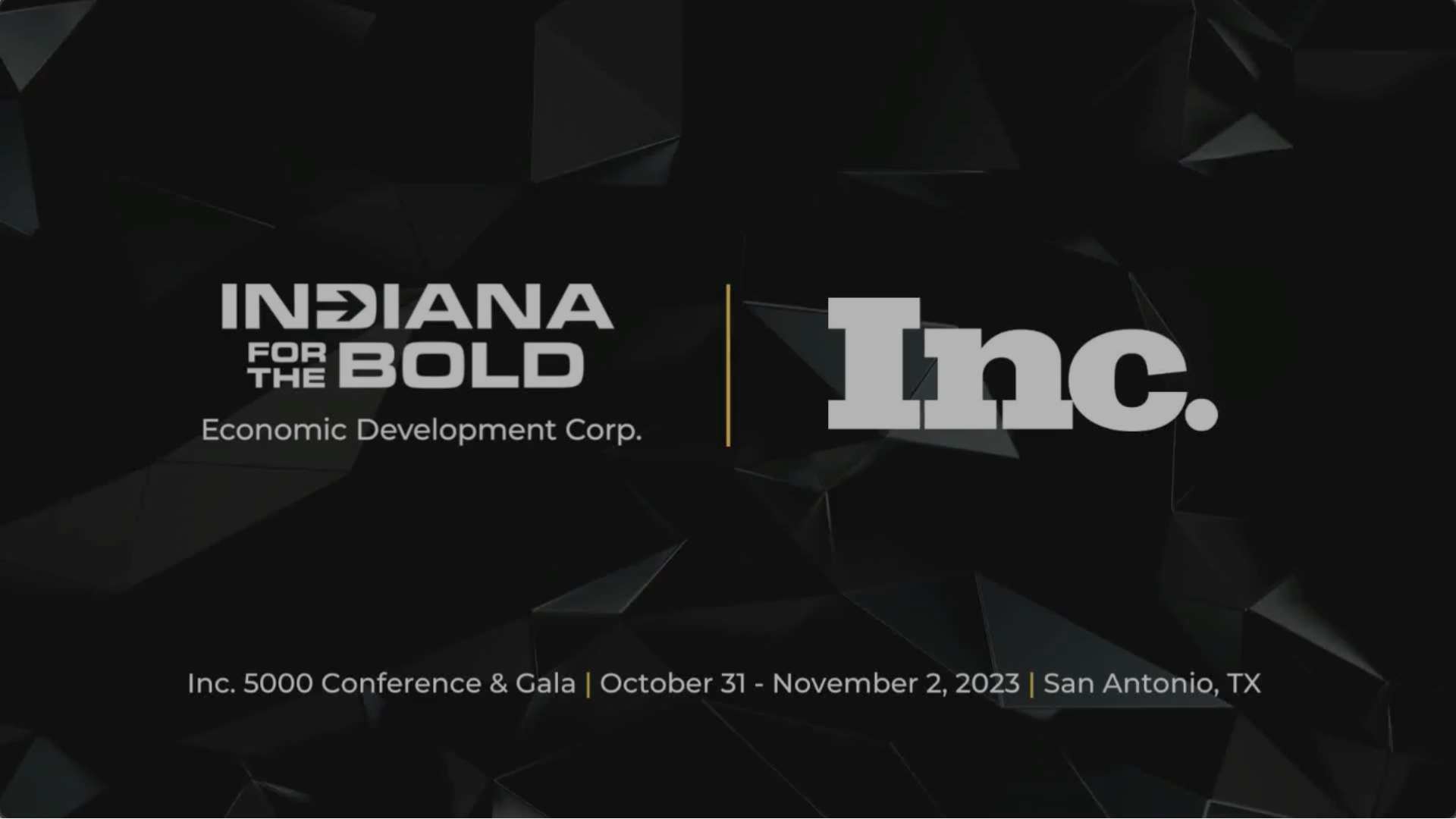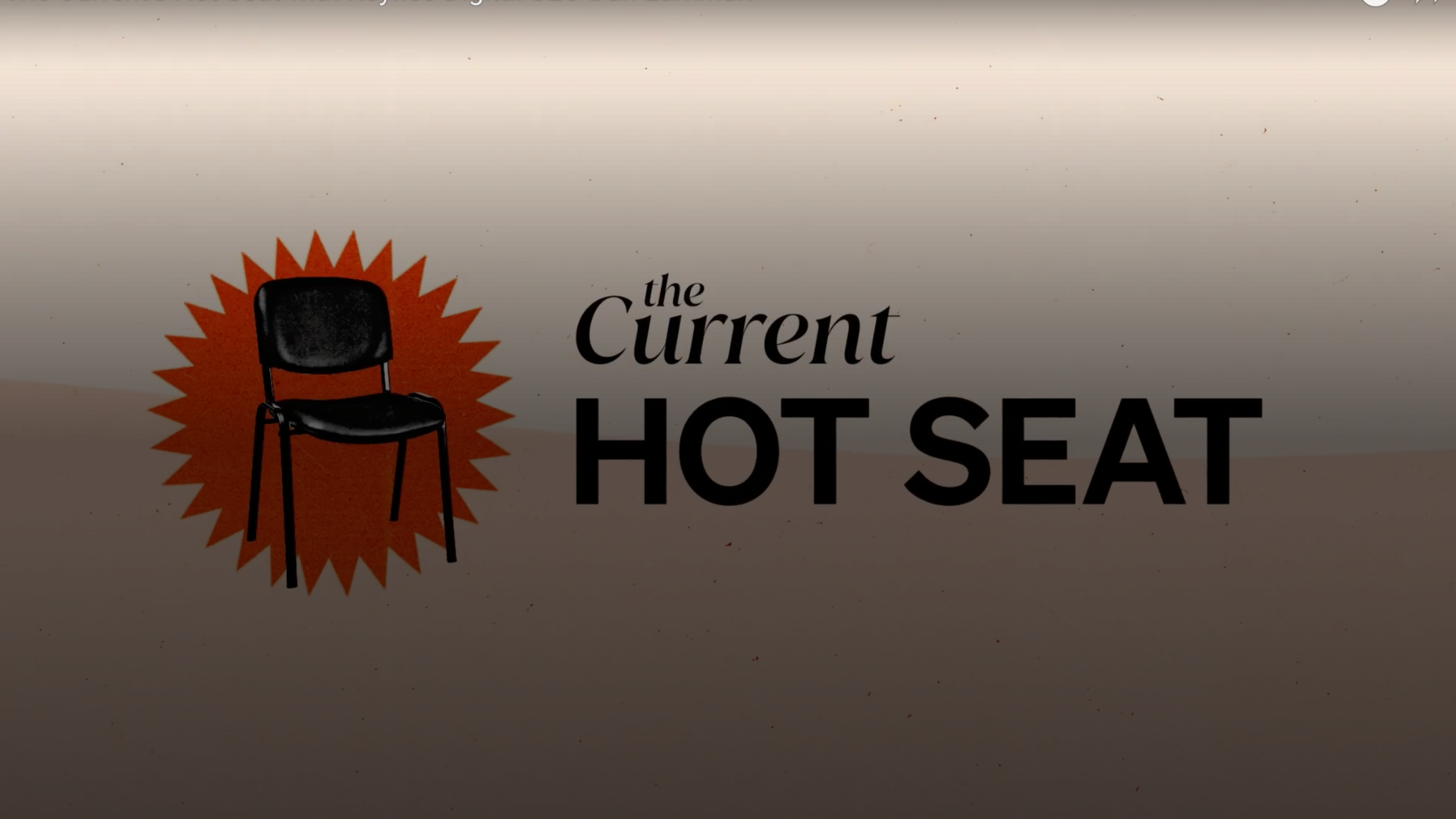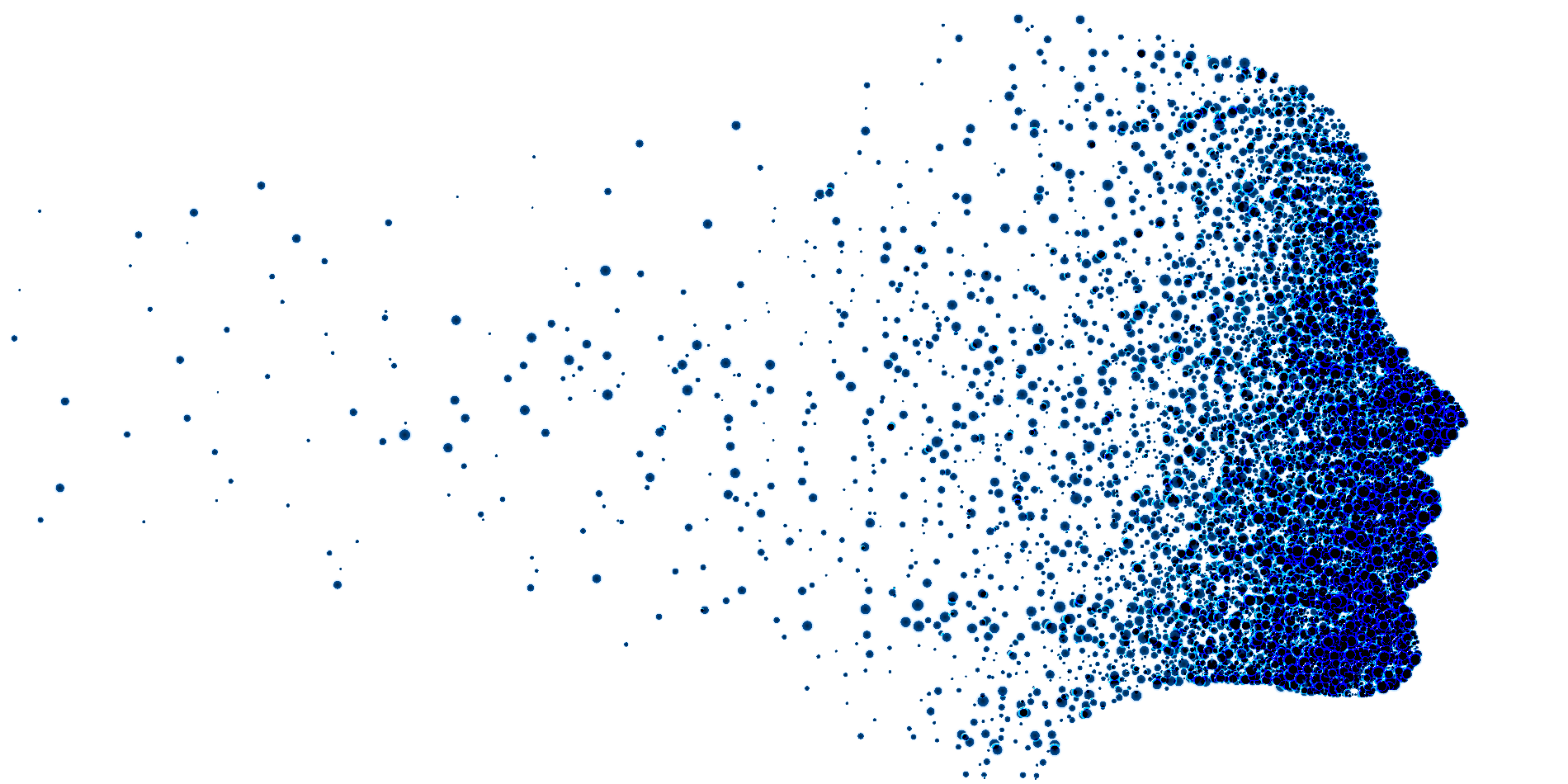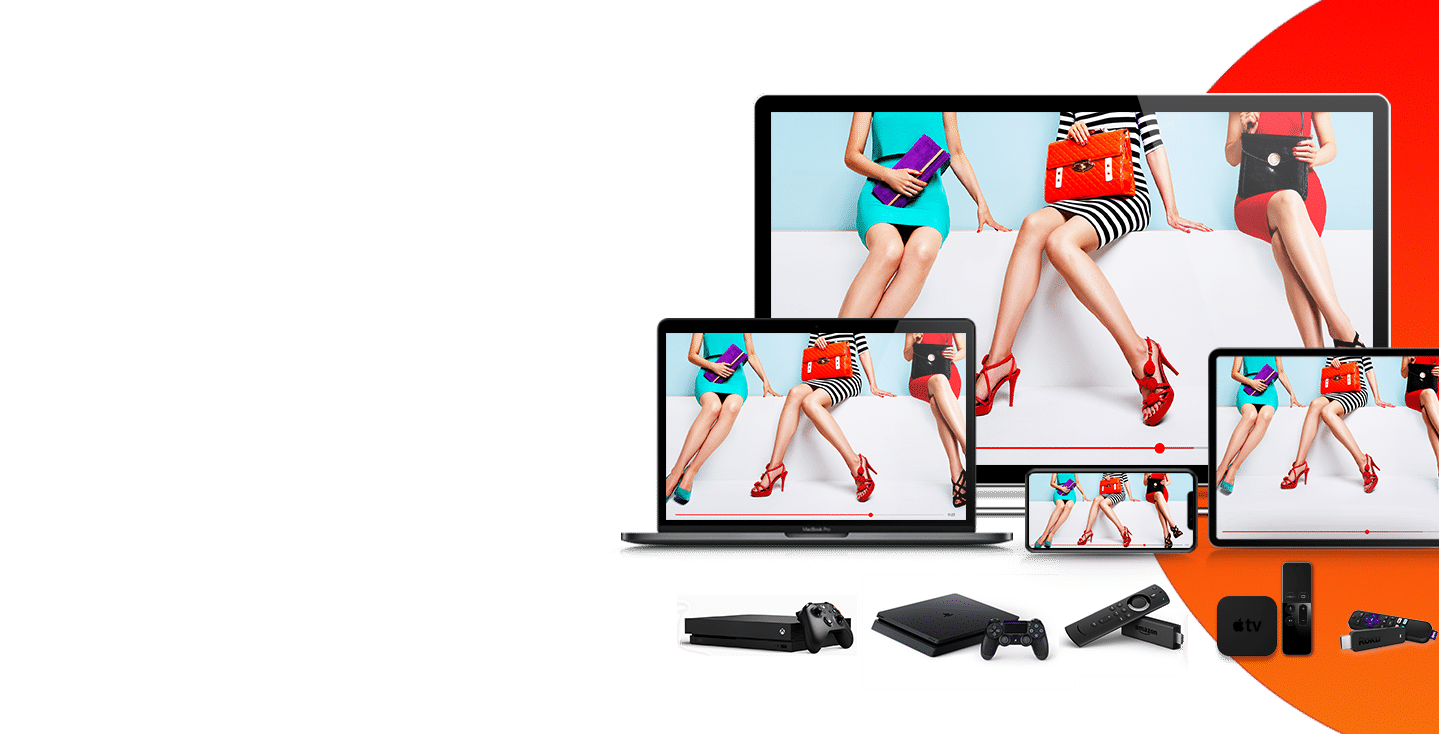Connected TV vs OTT
What is Connected TV Advertising?
If you work in advertising, it’s almost a given that you should become familiar with connected TV advertising, or CTV advertising. This type of advertising helps brands reach the audiences they serve on smart televisions or CTV devices. Connected TV is short-form, non-skippable online advertising targeted to relevant content channels or audiences. It’s any TV that can be connected to the internet, accessing content beyond what you may see from regular TV or cable programmers.
CTV connected TV is different from traditional TV in the sense that the television connects to the Internet. This includes Apple TV, smart TVs, Tivo and Roku devices, X-box, and PlayStation consoles. This creates a huge appeal for advertisers because it’s not only the future of video advertising but it has huge market value and penetration.
What is CTV Advertising?
Imagine the ads on Hulu where viewers watch content that isn’t on a TV station but on a streaming platform. While the experience may be similar to what you see on traditional TV, viewers allow these ads to continue watching the content. Video advertising in this manner is shown before and during the content when viewers are tuned in to their shows or movies.
CTV is everywhere, as internet-based platforms keep producing their own content. In the United States, approximately +80% of households own a CTV device. Millennials grow up with CTV which makes advertising in this manner easier to reach targeted audiences. CTV is a low-cost way for viewers to watch the programming they love. Most CTV viewers don’t mind the CTV ads, and these CTV ads ultimately provide an advertiser with a higher return on investment. With over 160 Americans streaming on a CTV device every month last year, the use of CTV obviously grew, but more importantly, so did the opportunities for advertisers. CTV only accounts for approximately 10% of linear TV ad dollars, so the inventory is very low for advertisers entering this space to reach their target audience. As this CTV trend continues to rise, this space’s advertising dollars will shift toward almost all linear TV use on CTV.
CTV advertising is one of the most promising programmatic channels. With the right technologies and partners, this CTV channel gives advertisers full confidence they are reaching their target audiences with the metrics to prove it.
What is OTT?
OTT advertising stands for Over-the-Top advertising. The OTT meaning takes things to another level when dealing with viewership. OTT video meets an entire mix of marketing and sales initiatives. There are several benefits of OTT over traditional TV, just like CTV advertising:
- Specific targeting.
- Increased engagement due to ad relevance.
- Campaigns can be strategic and focused on different areas.
- Accountability is improved to optimize future campaigns.
OTT TV has many definitions based on who is involved in the delivery. Certain devices are deemed OTT such as Chromecast, Amazon Fire, Roku, Apple TV, and smart TVs. In this sense, it is quite like CTV. An OTT app also has an advantage because it goes wherever the viewer is. OTT has some components:
OTT Video Viewers
These are viewers who watch content on any app or website that provides video content without traditional means.
Connected TV (CTV) or IPTV Users
Viewers who use television sets that are connected to the internet through a built-in connector such as a PlayStation or a Blu-ray player.
Linear OTT Video Service Users
These are viewers subscribing to a service that delivers live TV under a subscription.
What is OTT Advertising?
OTT advertising is advertising delivered to streaming media on OTT platforms. In 2023, OTT ad revenue is set to increase from 45% to 60% over the next decade. OTT is a popular approach because it’s the best way to get your consumers’ attention to listen to your message. Also, the advertising potential has not been fully explored, so the opportunity is very strong for advertisers. While the landscape for OTT advertising is ripe and promising, there is still work to be done.
When considering traditional television commercials, OTT is the only alternative that allows TV advertisers to reach the Nevers, Cord-Shavers, and Cord-Cutters. Pew Research Center indicates that 61% of Americans in the demographic of 18-29 only watch TV through streaming services, with only 31% using cable or satellite. Only 5% watch TV through a digital antenna.
Why Use OTT Advertising?
Using OTT advertising, brands are front and center in the living room or wherever their target audience views content. OTT video ads are displayed full-screen and cannot be skipped. These ads are great because they can target a household with more diverse advertising.
Connected TV vs OTT
The way ads are being delivered is growing by leaps and bounds, especially with streaming services continuing to make headway in market share. Although there are several advantages to these advertising methods, it would be a mistake to discount the impact of linear TV.
What is Linear TV?
Linear TV is the traditional way of doing things – viewers watch scheduled programming when it’s being broadcast on the traditional channel. Viewers are also able to DVR and watch the program later. While many still believe linear TV to be the leader in the market, the TV landscape has officially shifted to CTV and OTT in 2021.
CTV vs Linear TV
Viewers are watching TV longer and more frequently. According to N Screen Media, the average home, or viewer streamed 5 hours and 27 minutes of CTV content compared to linear TV.
Linear TV vs OTT
There are distinct differences between the two with the same goal in mind. Linear TV advertising targets demographics based on ratings and the time of day. Advertisers also pay based on viewer ratings. Unfortunately, linear TV viewership numbers are not precise and are only estimated. Viewers must be tuned in to a specific channel at the appointed time on a regular TV, while ratings for advertising are based on estimates and projections.
With OTT advertising, advertisers typically pay based on ad views, and reports are distributed in real-time. They will target most viewers according to location, interest, and behaviors, which are variables based on information like demographics, psychographics, geography, and more. Additionally, OTT video content can be viewed at any time, at any place, and on any device, with the location of the viewer being tracked. Rates are also based on CPM, and advertisers only pay for actual impressions.
When considering OTT vs TV, they should work hand-in-hand to ensure viewers are targeted on all levels. With CTV vs OTT, the same applies – they should work in tandem with each other especially because they are both based on streaming platforms. Connected TV vs OTT have its nuances, but they both deliver similar results when reaching viewers on streaming platforms.
Connected TV Advertising Examples and OTT Examples
In this market, there are tons of connected TV companies, including Samsung, Sony, LG, Vizio, and others that provide smart TVs that are internet accessible. This includes CTV devices that are distributed through Amazon, Google, Roku, and even Xfinity. Some connected TV advertising companies or CTV advertising companies being used include Programetrix, CTV Media, and others. Additional connected TV ad examples are the ads found throughout streaming on the CTV device that appear similar to linear TV ads.
Video ads are OTT examples streamed on any device, including a CTV device. These ads come on during the streaming service, like the advertisements shown on Sling TV as programs are being watched. This can also be used during an OTT movie where the movie is stopped to provide advertising.
Utilizing the power of addressable TV is inevitable. That means using CTV vs OTT for cross-screen strategies that will make an impact and reach an advertiser’s right demographics and audiences based on their viewing preferences. As this is programmatic TV, real-time targeting and household-level ad selections based on audience composition in real-time to choose the best ads are key. Advertisers can purchase each of these options to make the best advertising decisions.
Industry Expert Insights
We are your high-touch, performance-focused streaming TV and programmatic advertising partner. Our team of experts and a one-of-a-kind data-driven platform connects you to the best streaming TV marketing strategies.









































